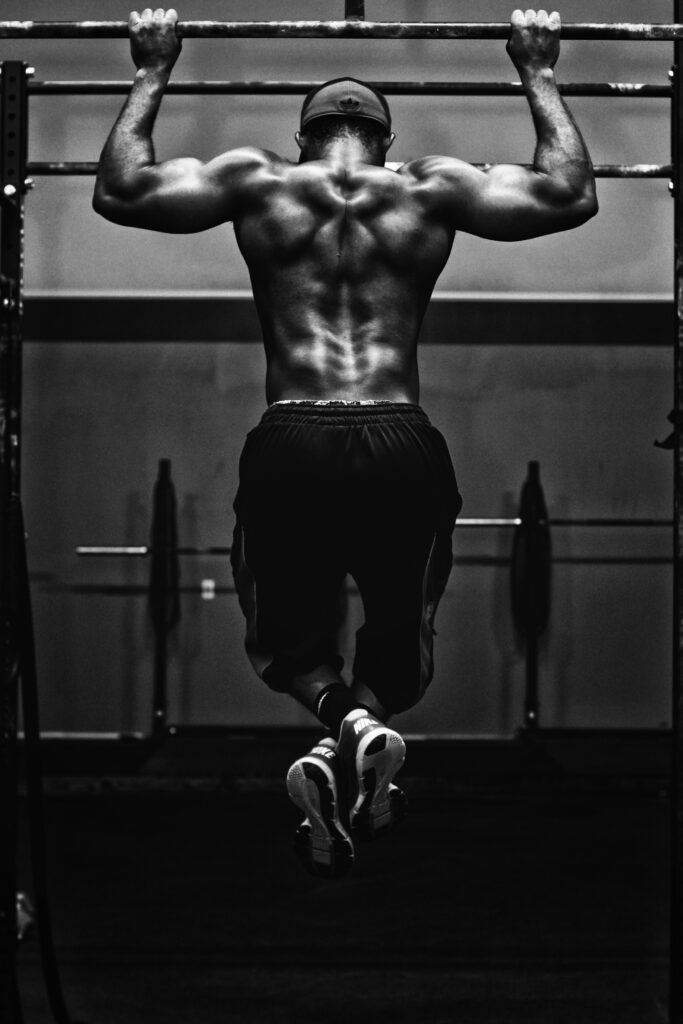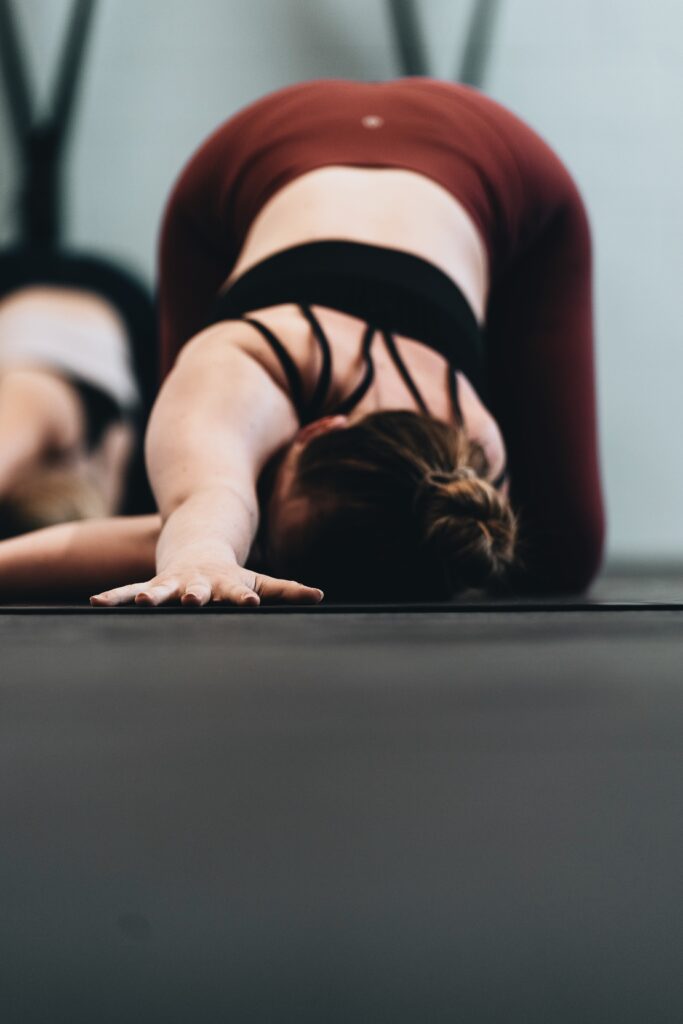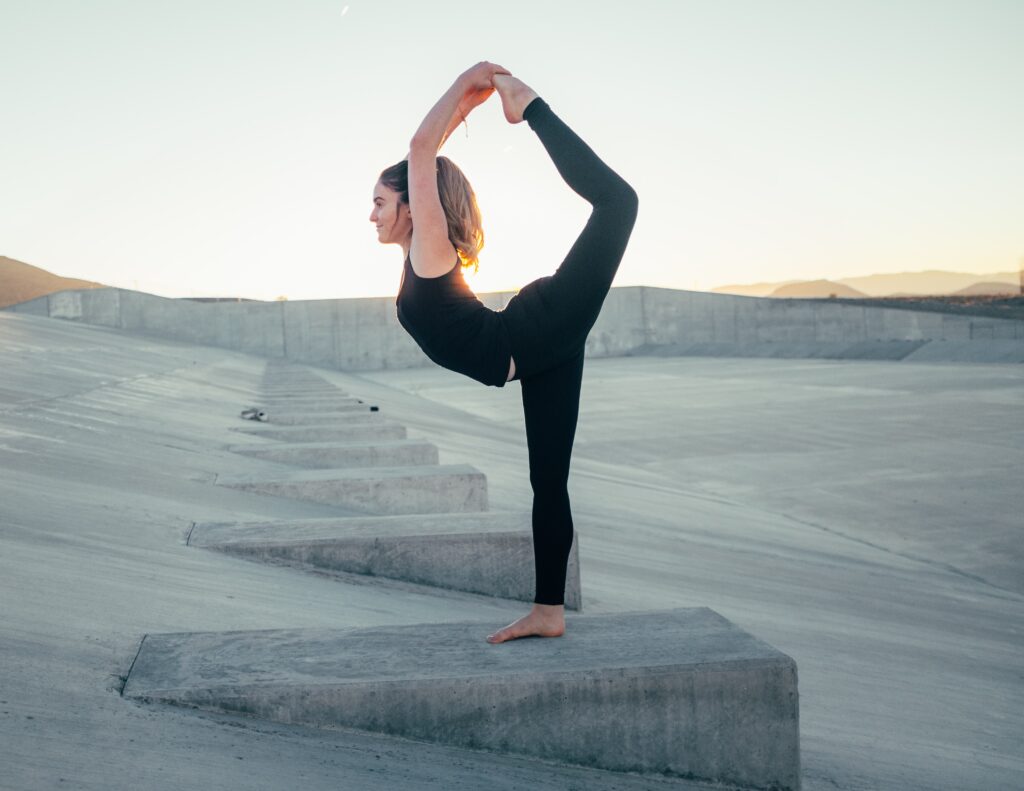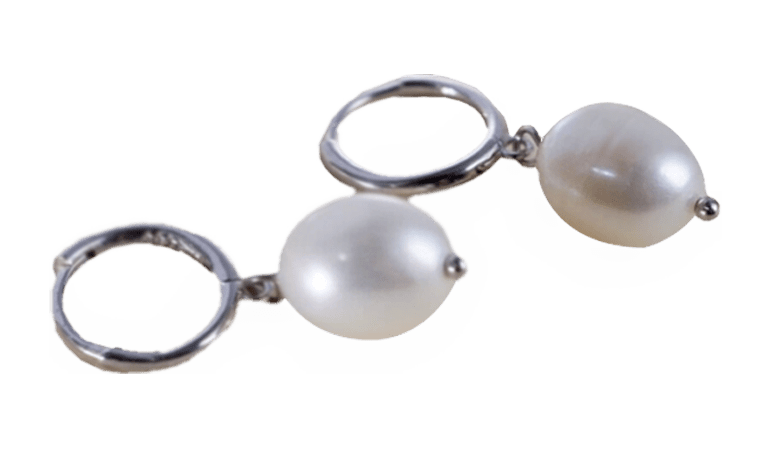
Muscle ≠ Fitness
Clearing Up the Misconception That Getting Fit Means Building Muscle

Whether for a confidence boost, as a health precaution/remedy, or just plain old passion, a lot of people decide to one day embark on a fitness journey and head straight to the gym with a game-changer attitude.
While exercising is, in fact, a very vital factor in achieving or maintaining fitness, not all workouts are aimed toward this. Since the paradigm of fitness depicted by the media and most athletic facilities is that of a man/woman with huge biceps and a perfect six-pack, this has aided the general misconception that Muscle = Fitness and that building muscle = getting fit. But in actuality, this is not necessarily true.
Fitness, as defined by the English Web Dictionary, refers to the quality of being suitable. The condition of being fit, suitable, or appropriate.
Experts define Physical Fitness as “one’s ability to execute daily activities with optimal performance, endurance, and strength with the management of disease, fatigue, and stress and reduced sedentary behavior.”
This definition makes us understand that fitness has other sides to it and not just the strength aspect to which muscle building is a huge impactor.
Going by the above definitions, lifting weights and performing all sorts of muscle-building workouts at the gym may not be enough to attain true physical fitness.
While such strenuous workouts offer a variety of health advantages to the body—not to mention help your physique goals, when it comes to fitness, these sorts of workouts only address one part of the problem.
Some important aspects of physical fitness vital to your fitness journey include:
Muscular Strength: As expounded earlier, this refers to the most popular aspect of fitness, commonly mistaken to mean the whole. The structure of the muscles changes with exercise. Any form of activity performed till the muscles in use are tired/exhausted will result in those muscles getting strengthened over time.
Endurance (Muscular Endurance): Another aspect of fitness is Endurance or Muscular Endurance. This refers to the ability or capability of a muscle to keep exerting force or to continue to perform an activity without tiring.


While in muscular strength, the aim is to build larger and stronger muscles via strength training exercises, endurance training focuses more on the cardiovascular system.
One common form of endurance training is running. This is much different from strength training exercises as it doesn’t necessarily build larger muscles but instead greatly increases the endurance and general health of the body and its organs.
Besides having muscular strength and the ability to lift heavy objects, one must also be able to hold out during strenuous activities to be considered fit.
Cardiorespiratory Performance: This is a major aspect of fitness and arguably the most crucial. Cardiorespiratory fitness refers to the ability of the circulatory and respiratory systems to supply oxygen to skeletal muscles during sustained physical activity. A person’s cardiorespiratory performance is an indication of how well the body can supply fuel during physical activity via the body’s circulatory and respiratory systems.

Exercises/activities that help improve cardiorespiratory performance aren’t necessarily as intense as strength training or body-building exercises. However, a vital factor is that these exercises or activities cause an elevated heart rate for a sustained period.
As such, they offer a range of benefits to the internal organs, including and most especially, the heart. Amongst a host of other health benefits, these exercises help strengthen the heart, enabling it to pump more blood per heartbeat. Examples of such exercises include; swimming, cycling…etc.
Anatomical Makeup: Anatomical Makeup refers to the balance between the components that make up a person’s anatomy. On the subject of physical fitness, these components include; bone, muscle, fat, and water. An individual can change the ratio of these components without significant weight alteration.
Thus, pursuing physical fitness in this area refers to achieving the optimal quotient between the four above-mentioned components.
In this aspect of physical fitness, conventional fitness tracking methods, such as weight measurement, are rendered virtually inadequate. Since muscle weighs more than fat, a healthier person with more muscle tone may weigh more than or as much as someone carrying more fat, the obvious weight.
Flexibility (Muscle Flexibility): According to Wikipedia, Flexibility refers to the anatomical range of movement in a joint or series of joints and the length of muscles that cross the joints to induce a bending movement or motion.
In terms of flexibility, fitness is a whole other world of its own. It refers to the ability to transition between movements smoothly and with ease. The smoothness of the transition from one movement to another depends on a host of variables around the joints, like the tightness of ligaments and tendons.
Judging fitness levels in the area of flexibility, many bodybuilders may not qualify as fit because of the lack of prowess in flexibility due to the tension of the muscles.
What’s more, flexibility is important because it reduces the risk of internal injuries such as sprains. One of the most efficient ways of increasing flexibility is by performing stretching exercises regularly. This will not only help reduce the risks of injury but also impact your everyday life by improving your ability to link movements together smoothly.
In conclusion, knowing your fitness goal before setting out on the journey is crucial to reaching your target. As the term Fitness itself encompasses a variety of facets, it is important to identify what area, in particular, to improve on before embarking on your fitness journey. This way, picking out effective exercises and workout plans becomes simpler, making it easier to achieve fitness in that area.

TROORA MAGAZINE | JUNE 2023
WRITTEN BY JESSE ADUMA
PHOTOS COURTESY OF CHARLES GAUDREAULT | GARY BUTTERFIELD | PAUL GREEN | TILLY JENSEN | LOGAN WEAVER | EDGAR CHAPARRO







Leave a Reply